Spurring Development of Central Asia’s Human Resources and Infrastructure
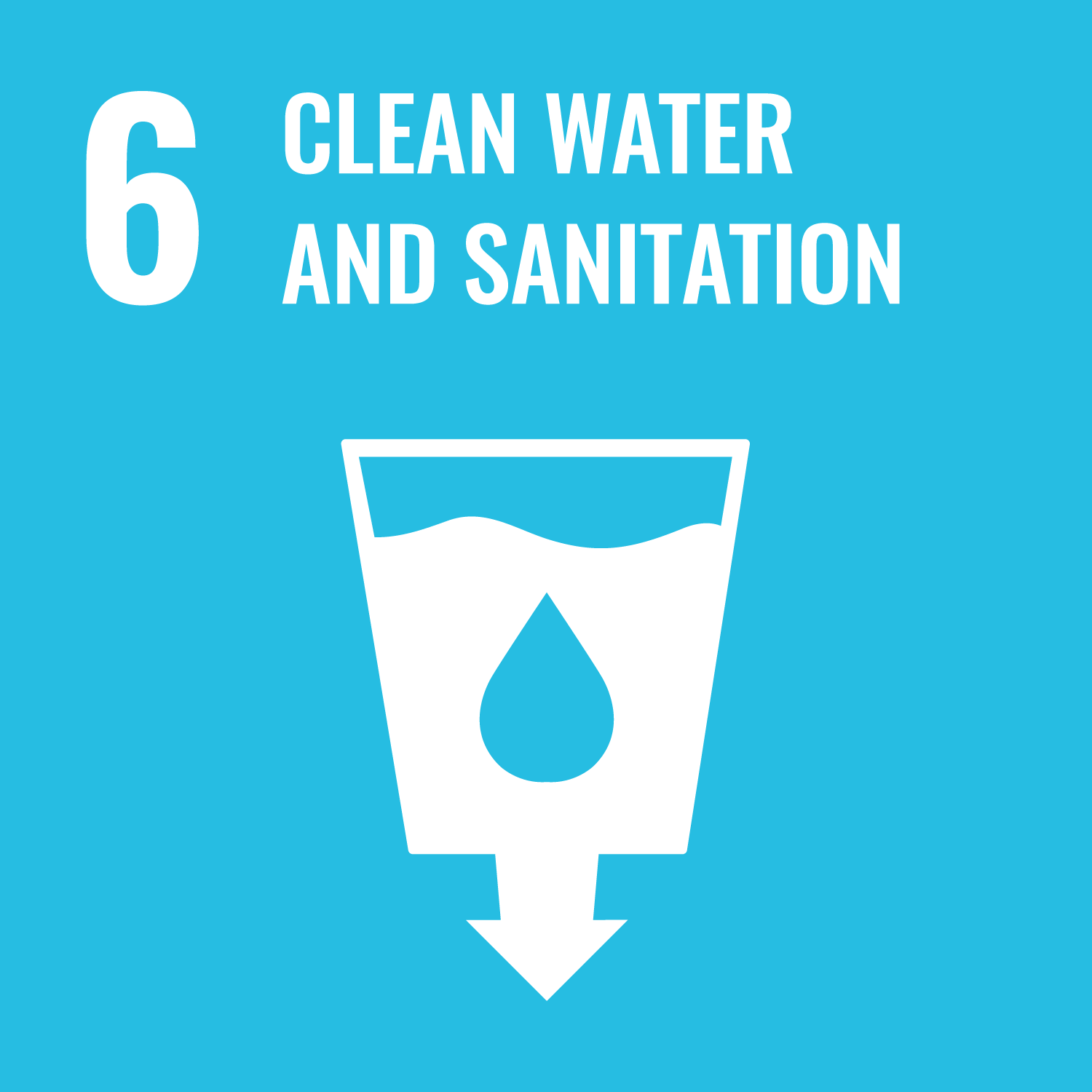
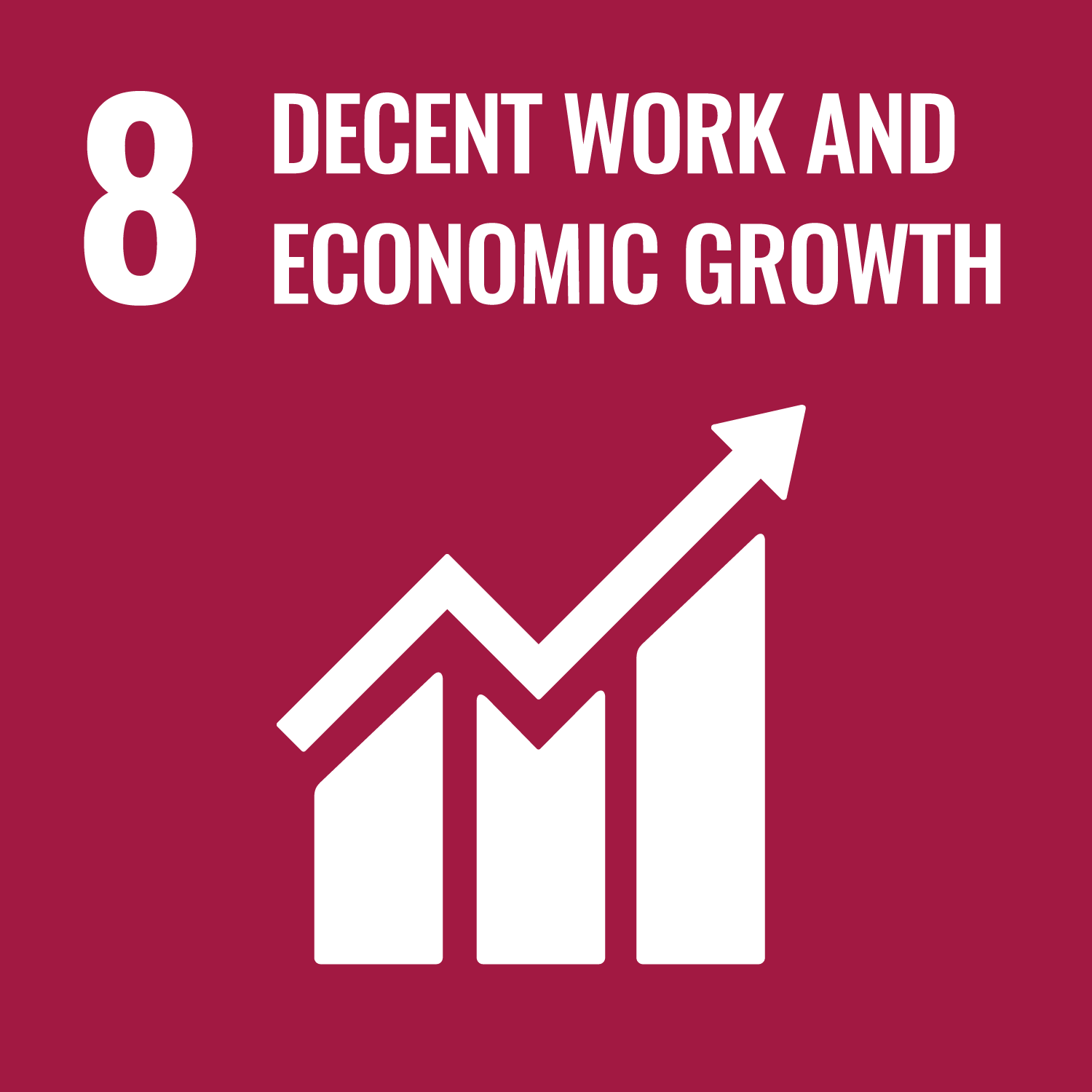
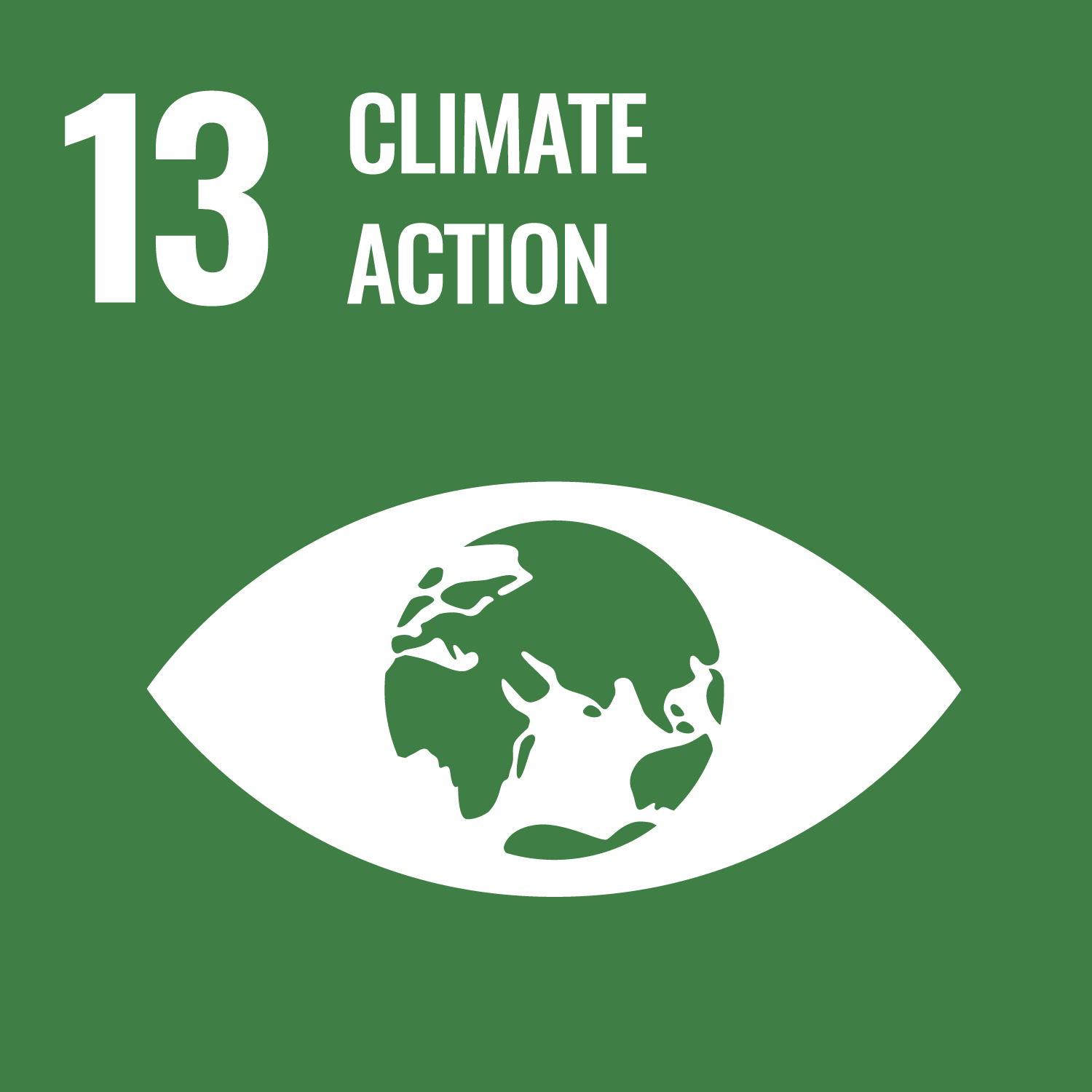
2024.08.28
Japan has been supporting Central Asia’s nation-building efforts for over 30 years, since soon after the region’s five countries gained independence from the Soviet Union. JICA’s support for the region includes helping Tajikistan address climate-exacerbated water issues and promoting human resources development in Kyrgyzstan’s business sector.
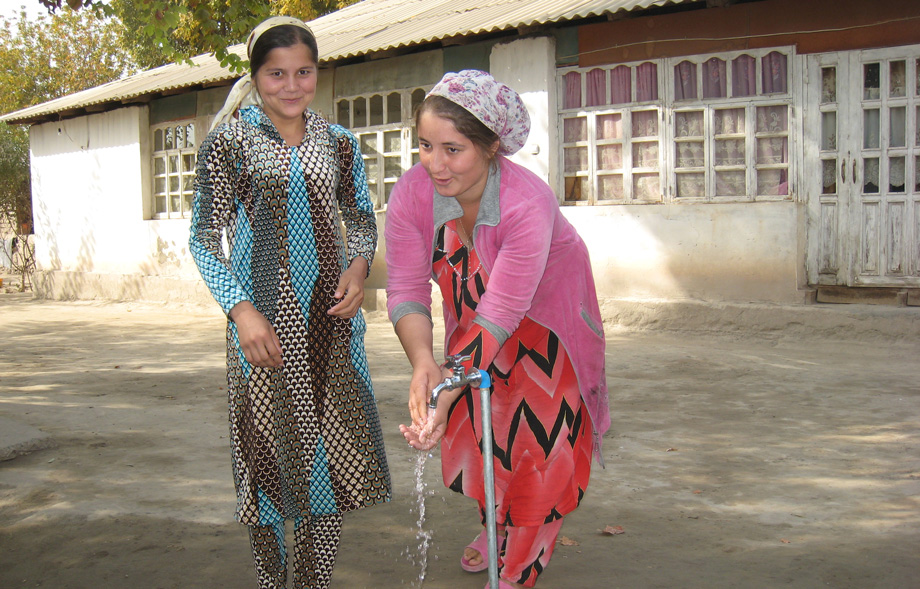
Promoting sustainable water usage is an urgent issue for Central Asia.
Over 90% of Tajikistan is mountainous. It is home to approximately 8,000 glaciers—most of them in the Pamir Mountains—whose runoff is the source of 60% of Central Asia’s water supply. Some 30% of the region’s glaciers are believed to have disappeared over the past half century because of climate change, however, even as water demand has been rising due to the region’s post-independence economic and population growth. This has made sustainable water usage an urgent issue for Central Asia.

Meltwater from glaciers, which cover 8,500 km2 of Tajikistan, supports industries and daily life not only in Tajikistan but also in other Central Asian countries. (Photo: Michal Knitl/Shutterstock.com)
“The lower basin of the Amu Darya River, whose upper reaches are in Tajikistan, dried up after water was diverted for cotton cultivation and other uses,” says Imai Seiju, head of the JICA Tajikistan Office. “The resulting shrinking of the Aral Sea—once the world’s fourth largest lake—is considered one of the worst environmental catastrophes of the twentieth century. In addition, the 2022 border clashes between Tajikistan and Kyrgyzstan are thought to have been triggered by water usage disputes among residents. Water issues are thus likely to remain a source of regional tensions in the coming years.”
Agriculture accounts for approximately 85% of water consumption in Central Asia, making water access crucial for food security. And rising demand for hydroelectric power in recent years has created a need to establish cross-border and cross-sectoral frameworks.
Against such a backdrop, in June Tajikistan hosted an international conference on water conservation that brought together government officials and experts from over 100 countries.
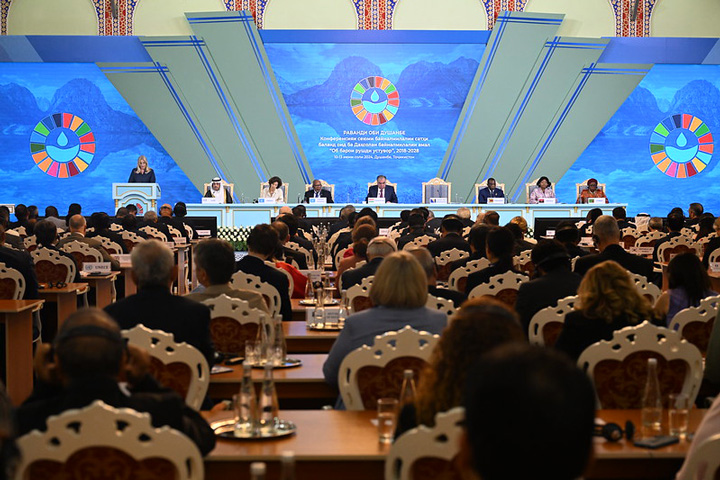
The Third High-Level International Conference on the International Decade for Action “Water for Sustainable Development” was held in Dushanbe, the capital of Tajikistan, in June. (Photo courtesy of the Ministry of Foreign Affairs of the Republic of Tajikistan)
During the conference, JICA and UNICEF co-hosted the Youth and Children’s Water and Climate Forum. The discussions at the forum reaffirmed for Imai the importance of JICA’s ongoing activities in the region. “At the moment, there is little interstate coordination on water issues due to competing claims by upstream and downstream countries. That said, it’s still crucial to do whatever we can to confront these challenges. One takeaway from the conference was that each country must first actively make more effective use of precious water resources.”
Sustainable water usage requires not only the development of physical infrastructure, such as systems for irrigation and water supply, but also the establishment of the institutions and mechanisms to ensure stable distribution. JICA, for example, has been cooperating with Tajikistan since 2007 to improve water supply services in Khatlon, the country’s most populous region.
“The facilities built in Khatlon during the Soviet era have deteriorated, leading to water wastage from leaking pipes,” comments Matsuda Kazumi, an engineer who has been engaged in water projects in Tajikistan for over 10 years. “And because people pay a flat fee regardless of the amount used, they don’t have an incentive to turn off the tap. This is another source of water wastage that has caused a general lowering of water pressure and water outages in outlying supply zones.”
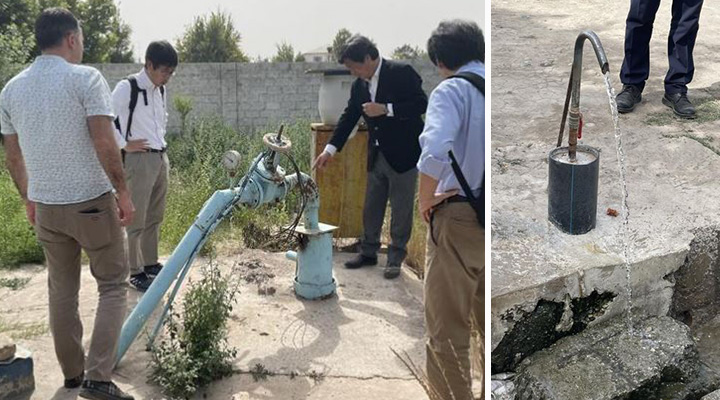
Left: Sand is often mixed with water pumped from existing, poorly built deep wells, and many have consequently been abandoned.
Right: Significant water wastage has resulted from public water faucets that are left running.
JICA’s cooperation thus included not just the construction of water supply facilities but also the installation of household water meters. A metered billing system was introduced under which fees were based on the volume used. This has given residents an incentive to conserve water, leading to a significant reduction in wastage. Service improvements, such as 24-hour water supply, moreover, have also convinced more people to pay their bills, helping to stabilize the water utility’s management.
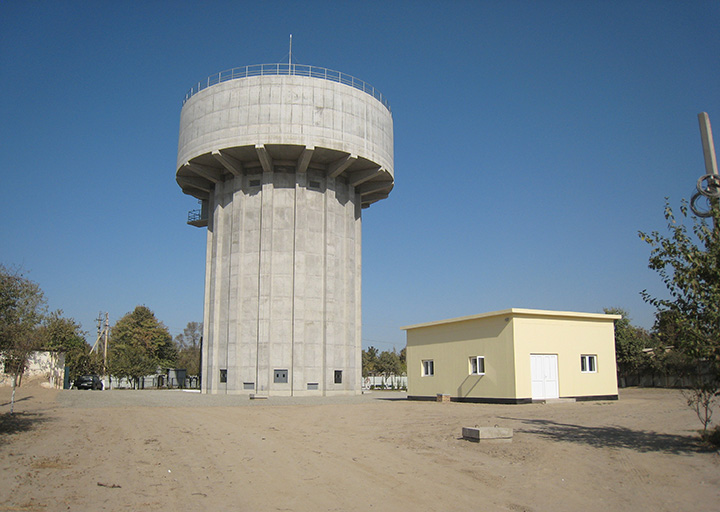
The newly installed 1,800 m³ elevated water tank in the Pyanj District of Khatlon Region is the largest in Central Asia.
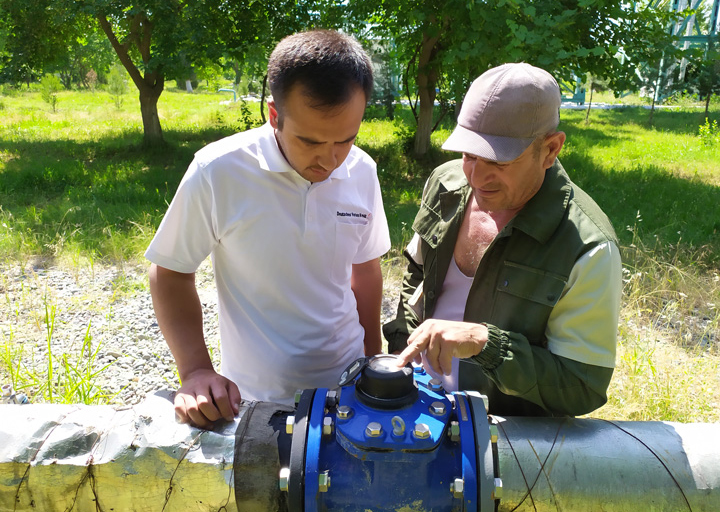
JICA provided water meters for approximately 2,300 households served by the water utility and maintenance training for its technicians. (Photo taken in Khamadoni District, Khatlon Region)
“Around 60% of Tajikistan’s 10 million people still don’t have access to tap water,” Matsuda says. “If the metered billing system developed in Khatlon is introduced nationwide, water could then be supplied to all households in the country without the need to develop new sources. Our goal is to achieve universal water access through the efficient utilization of limited resources.”
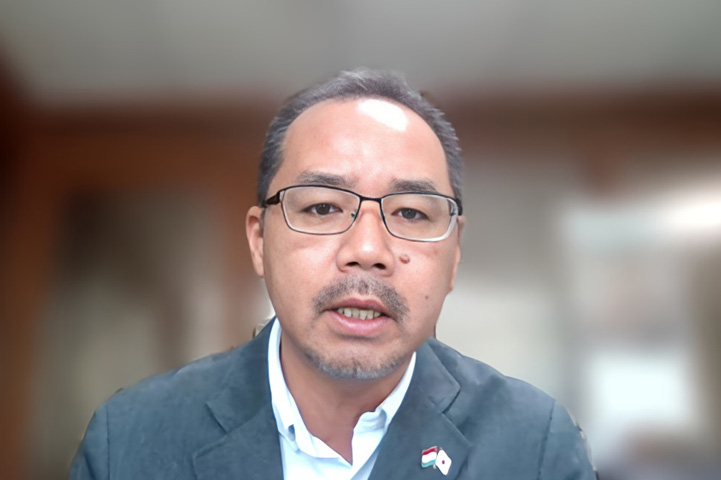
Imai Seiju heads the JICA Tajikistan Office.
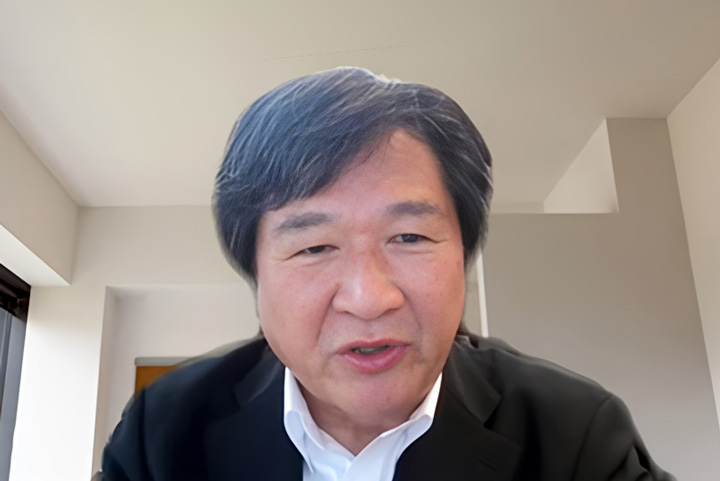
Matsuda Kazumi is a water supply engineer who has been helping develop facilities and promoting sound utilities management for 43 years, including in Nepal and Sierra Leone.
Developing private enterprises and nurturing business leaders have been major challenges for Central Asian countries as they transitioned from a socialist economy to a market economy following independence from the Soviet Union in 1991. To support this transition, the Kyrgyz Republic Japan Center (KRJC) was established in 1995 to promote the development of human resources for the business sector.
JICA has been offering a practical, three-month mini-MBA course at the KRJC since 2004 that covers topics like Japanese-style management and developing entrepreneurial skills. The program has produced over 1,800 graduates to date, many of whom have started their own businesses. Participants have included those from a beverage maker that now boasts a dominant presence in the Kyrgyz market.
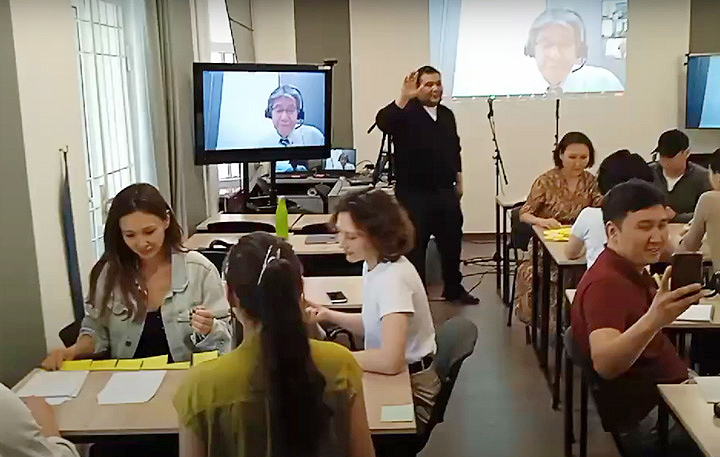
The KRJC offers practical management training through its mini-MBA course.
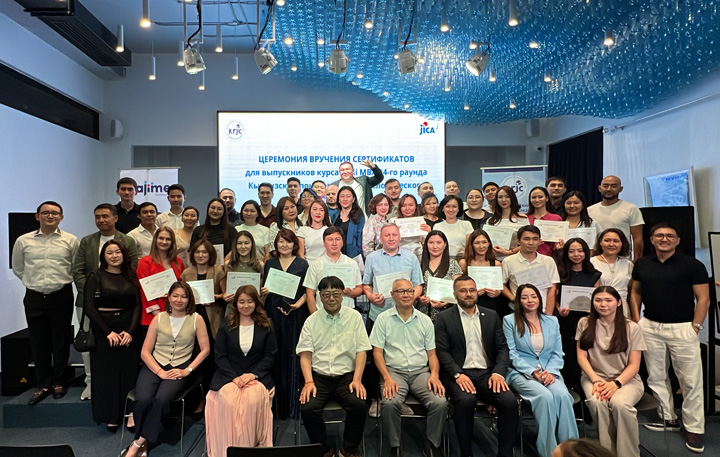
Many graduates are now active in various sectors of the Kyrgyzstan business world.
“Under Soviet communist rule, no one gave any thought to starting one’s own company,” notes Tanaka Shinya, a business networking expert and director of the KRJC Business Department. “But the Kyrgyz people are innately very self-reliant and are eager to grow their own business. I could clearly see their attitudes changing over the course of their mini-MBA training as they learned about business planning and other topics.”
Tanaka’s current focus is on developing executive personnel through a special program that was launched in 2021. The program, called Keieijuku, is intended for corporate managers at successful businesses in Kyrgyzstan, who learn about marketing and human resource management with a view to establishing partnerships with Japanese companies—including through corporate visits in Japan. The program is already beginning to yield results, with a Kyrgyz supplement manufacturer finding a Japanese trading partner.
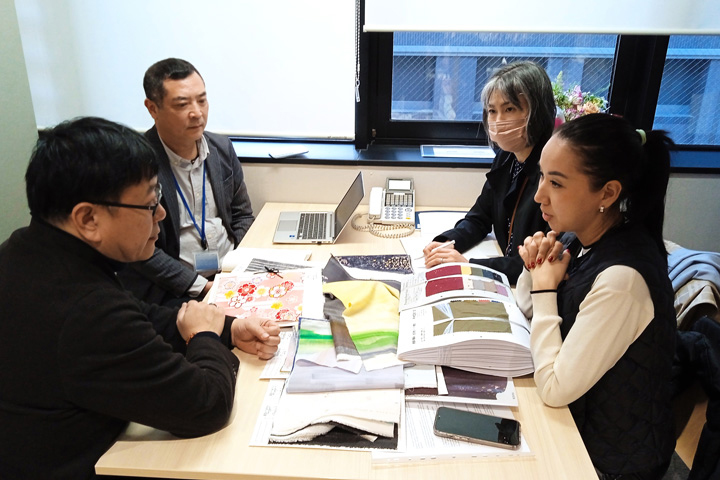
Tanaka Shinya (foreground, left) coordinates a meeting between an executive training program participant from a Kyrgyz apparel company and a Japanese firm.
“More Japanese companies are showing an interest in exploring post-pandemic business opportunities in Kyrgyzstan,” Tanaka says. “The war in Ukraine has prompted some to shift their market focus from Russia to Central Asia. Kyrgyzstan still faces many social challenges, particularly in the fields of healthcare and education, and Japanese businesses see great potential in helping meet local needs.”
In the education sector, for example, a Japanese textbook publisher is working with the KRJC to provide translated teaching materials and implement after-school programs. It is also considering offering such services as teacher training and tests of academic achievement. Looking to the future, Tanaka notes, “Among the countries of Central Asia, Kyrgyzstan is particularly friendly toward Japan. So, it’s a good place to start for companies looking for business opportunities in Central Asia, and we’re ready to offer our support to such firms.”
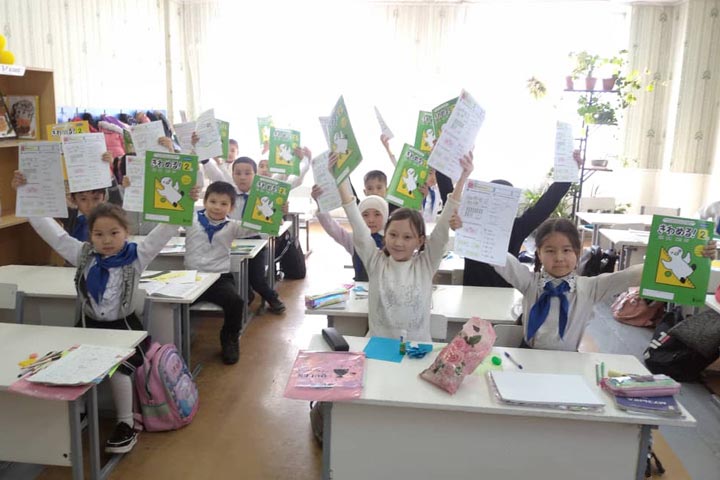
Pupils attending an after-school math club use Japanese teaching materials translated into Kyrgyz.
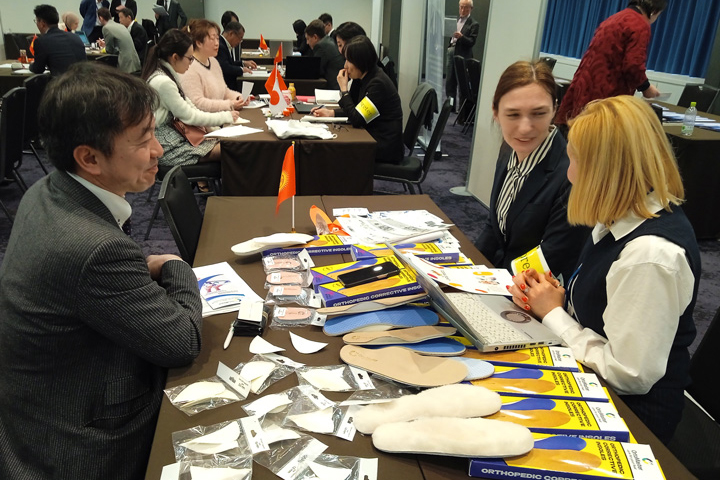
Potential business partnerships were actively explored among 15 participants from Kyrgyzstan and 23 from Japan at the 2024 Kyrgyz Business Mini EXPO, organized during a visit to Japan by Kyrgyz executives.
In addition to supporting Kyrgyzstan’s transition to a market economy, the KRJC also promotes exchange between Japanese and Kyrgyz human resources. In the hope of contributing to business growth in both countries, it provides career development opportunities for young Kyrgyz workers with high academic credentials and language skills by arranging for them to work in Japan. Seven individuals have secured employment with Japanese companies, and they are helping expand business ties between Japan and Kyrgyzstan.
Developing architectural skills in Japan
“Japan is a leading country in the field of architecture, and I wanted to go there to develop my skills,” says 25-year-old Emil Omurgaziev. He arrived in 2023 after graduating from the Faculty of Architecture at the Kyrgyz State University of Construction, Transportation, and Architecture and is honing his skills as a BIM* operator at Yamashita Shoji, Ltd., headquartered in Hiroshima Prefecture.
Company president Yamashita Katsuro describes Omurgaziev as “an exceptionally talented individual who proactively identifies problems and diligently looks for how best to solve them. Being able to hire him was nothing short of a ‘miracle.’” In response to Omurgaziev’s wish to develop BIM collaborations with Kyrgyz architecture firms, Yamashita plans to visit Kyrgyzstan in the fall. He has great expectations for Kyrgyz human resources, saying “I’m counting on young workers from Kyrgyzstan to grow and transform our company in the years ahead.”
*BIM (building information modeling) is a digital, 3D representation of a building that also contains information about material properties.
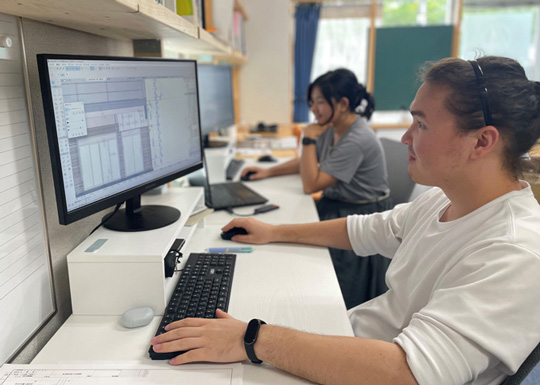
Emil Omurgaziev (foreground) came to Japan in February 2023 after participating in the Japanese-language program at the KRJC and passing the JLPT N2 proficiency test. “The language is a challenge,” he admits, “but I’ve been able to adapt to my new environment and am able to work smoothly thanks to the help of my supervisors and colleagues.”
scroll